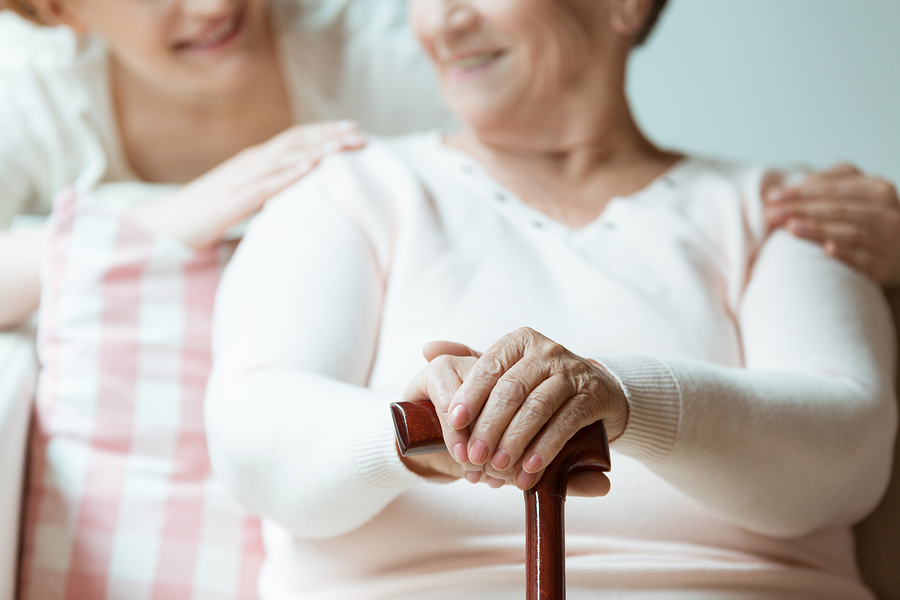I spend a lot of time travelling around the country, speaking to groups of people about senior living options, including continuing care retirement communities (CCRCs, sometimes called life plan communities). During my travels, I’m fortunate to meet people who live in these communities, as well as people who may be considering a move to a CCRC or other type of senior living community; it’s always eye-opening to hear the perspectives of both personas.
In my conversations with prospective CCRC residents, I sometimes hear people say that they are hesitant to move to a retirement community because they aren’t ready yet or don’t want to be around a bunch of “old people,” maybe because they saw a few of the residents using assistive devices, such as walkers or scooters.
I believe I understand the sentiments—conscious or subconscious—that they are voicing.
Lack of diversity vs. fear of aging
For some, what they may really be saying is that they prefer to live in an intergenerational environment, meaning a community with people of all different ages. That’s an understandable wish. Fortunately, even though by definition they are age-qualified, more and more CCRCs and other senior living communities are developing intergenerational programs. These initiatives offer numerous benefits to both the residents and the younger generations involved in them. I recently wrote a blog post about this very topic.
But for many other seniors who say they don’t want to live with other older people, I can’t help but wonder if on some level, they are saying that they are worried about catching the “old disease.” I’ve even heard people well into their 80s and beyond express that they feel they are too young to move to such a community. Even if it is on a subconscious level, it’s as if they feel that if they’re around people who have experienced physical decline as a result of a health condition or the natural aging process, they too will become older and frailer—like a contagious disease.
>> Related: Are Preconceptions About Senior Living Communities Holding You Back?
A continued lifestyle
For seniors who voice concerns about living among “old people,” perhaps they’ve been fortunate enough to have lived a long and healthy life thus far by remaining active, eating well, AND staying young-at-heart. But does that mean being around other older adults will stifle that? In my experience visiting nearly a hundred CCRCs I’ve not found much evidence of this.
People who are active and have healthy habits when they move to a CCRC or other senior living community are likely going to remain that way, if not more so. In fact, many residents feel they are far healthier and happier than they would have been otherwise. Are there exceptions? Sure, but in my conversations with CCRC residents across the country I hear far more positives than negatives. This is due in large part to the wide variety of ways CCRCs further enable and enhance this active lifestyle among their residents. From fitness classes and wellness centers to healthy menu options; from social gatherings and cultural excursions, to affinity groups and lifelong learning—there are countless (but of course, optional) ways to stay physically active and mentally engaged when you live in a CCRC. Of course, residents are not restricted in any way from doing any of the same things they did previously, such as eating out, travelling, attending dinner parties with friends, etc.
>> Related: Not Your Granny’s Retirement Home: Selling CCRCs to Younger Retirees
So, for those seniors who are opposed to living in a CCRC or other retirement community because they don’t want to be around other “older people”, isn’t this, on some level, ageism among peers? Or does it speak to a more deep-seated fear and/or disdain of aging that is common among Americans?
Contempt for growing old
A 2013 Pew Research Center survey of more than 2,000 U.S. adults examined people’s views of aging, medical advancements, and life extension. While modern medicine is helping people live longer lives, not everyone views this as a good thing. When survey respondents were asked how long they would like to live:
- Less than 10 percent of people were hoping to live to be 100 or older.
- 20 percent of respondents said they wanted to live into their 90s.
- 32 percent said they would like to live into their 80s.
- 30 percent of survey participants said they didn’t want to make it past 80.
Interestingly, on the flipside, this survey also revealed that 41 percent of respondents believed that “having more elderly people in the population” is a positive for society.
I find the results of this survey intriguing. Even though older adults are viewed as a positive force within our country, nearly two-thirds of people in this survey didn’t want to live to be 90. This seems like a fascinating paradox.
>> Related: The Invisible Senior: Confronting Ageism in the U.S.
What does it mean to be “old”?
When looking at the results of the Pew survey, what I believe so many people are missing in this equation is that age truly is just a number. I do not mean to be naive or deny the changes that come with aging. The fact is that some people come to grips with the realities of aging better than others, but I’ve met many people in their 80s and 90s who are still as healthy and spry as someone three decades their junior. The one common denominator I have found among them is a positive attitude and outlook on life, regardless of the age or physical condition.
Here’s my question: Can we as a society get to a place where a person, regardless of age or physical condition, is embraced as a valuable individual, both for who they are and what they’ve done in life? Can we focus not on age, but on what we can learn from one another, and grow as individuals as a result of our shared experiences?






